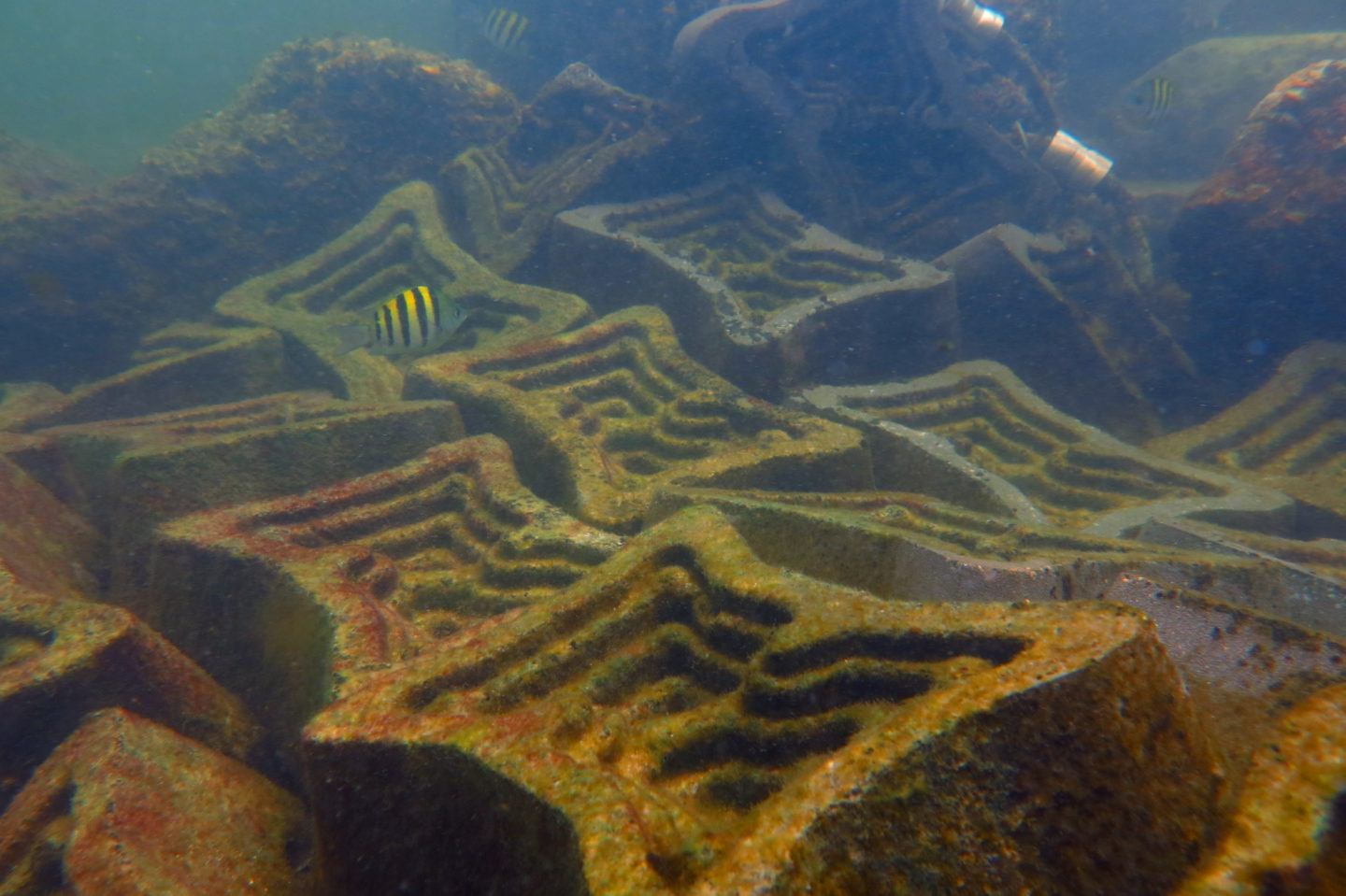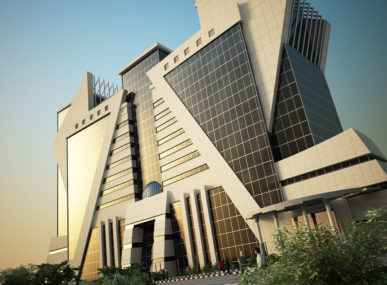Personal inspiration:
Shimrit’s mission to mitigate this problem wasn’t strictly business; it was quite personal.
“I grew up in Tel Aviv,” she says. “I lived five minutes from the beach. I spent a lot of time by the water.” Shimrit pauses, then laughingly adds: “I would even dodge school to go to the beach.”
The Mediterranean Sea was Shimrit’s backyard, playground, and classroom. Her love of marine life inspired her to study marine ecology even before she entered university. “I did my final project for high school on the breakwaters of Tel Aviv,” she recalls. Shimrit continued her underwater exploration, diving in about 20 countries around the world for both education and recreation.
While earning her PhD at Tel-Aviv University, the problem, a partner, and possible solutions became clear.
“I was working in a lot of ports and marinas,” Shimrit explains. “Over time, I saw the changes and devastation – from beautiful, diverse, natural reefs to dysfunctional, degraded, urban seascapes. I really wanted to change that.”
Biologist Dr. Ido Sella was a PhD assistant at Tel-Aviv University at the time. He and Shimrit recognized their overlapping interests. In 2010, the two collaborated to launch SeArc, an ecological marine consulting fit. They began working together to provide global clients with guidance on designing and retrofitting coastal infrastructures that have the ability to minimize negative impacts on the environment while increasing ecological value.
A solid and innovative solution:
Combining their experience, Ido and Shimrit conducted a research and development process to find a solution to the problem of devastation caused by coastal development. Their research revealed the chief culprit.
“We identified concrete as one of the materials most commonly used yet least effective,” Shimrit explains. Not only was the concrete composition harmful to the environment, the design – or, rather, the lack of design – was also problematic. That prompted Shimrit and Ido to focus on improving the materials, design, and texture of concrete-based coastal structures.










